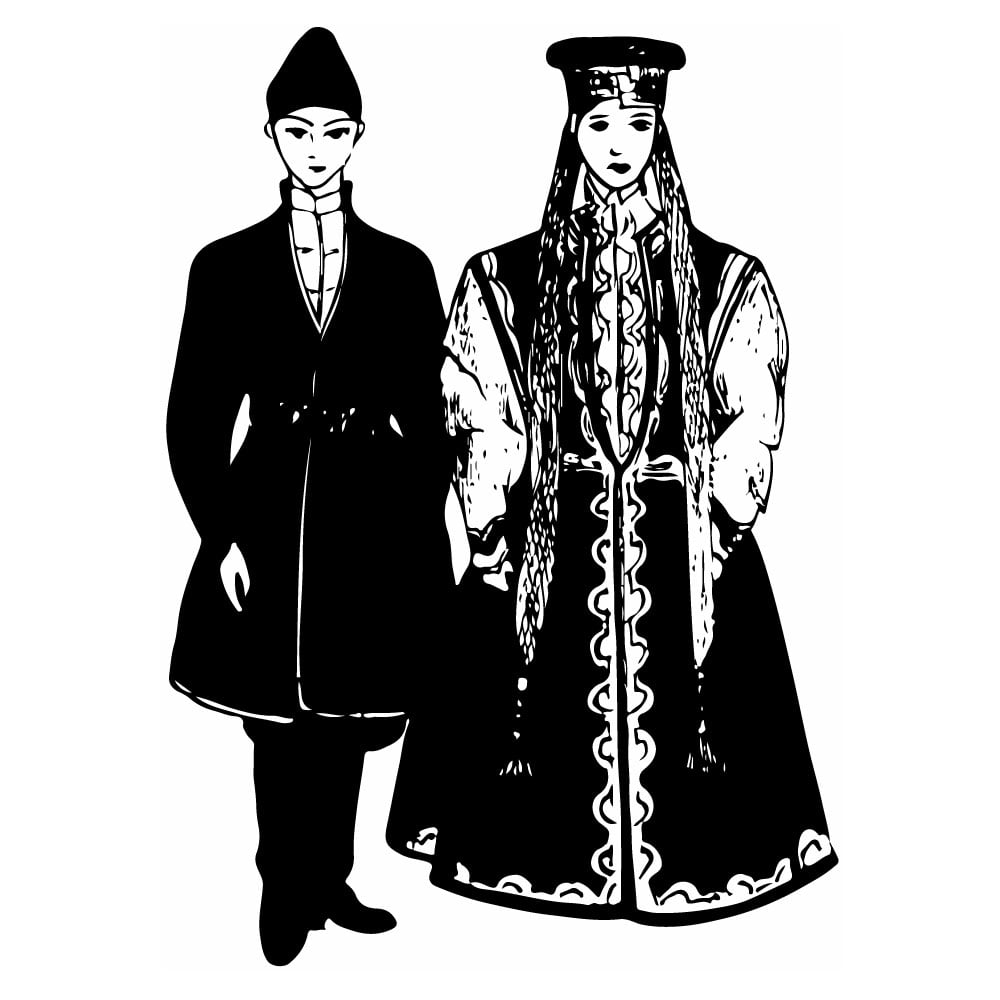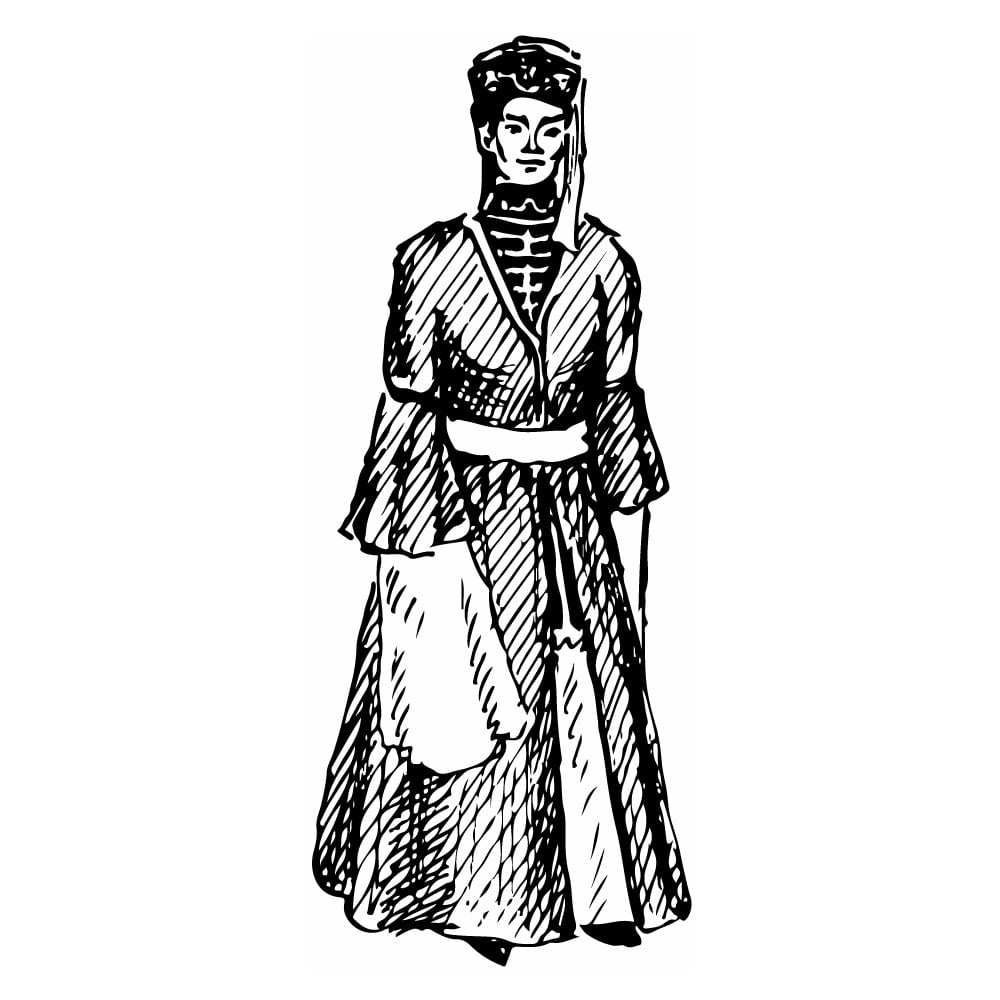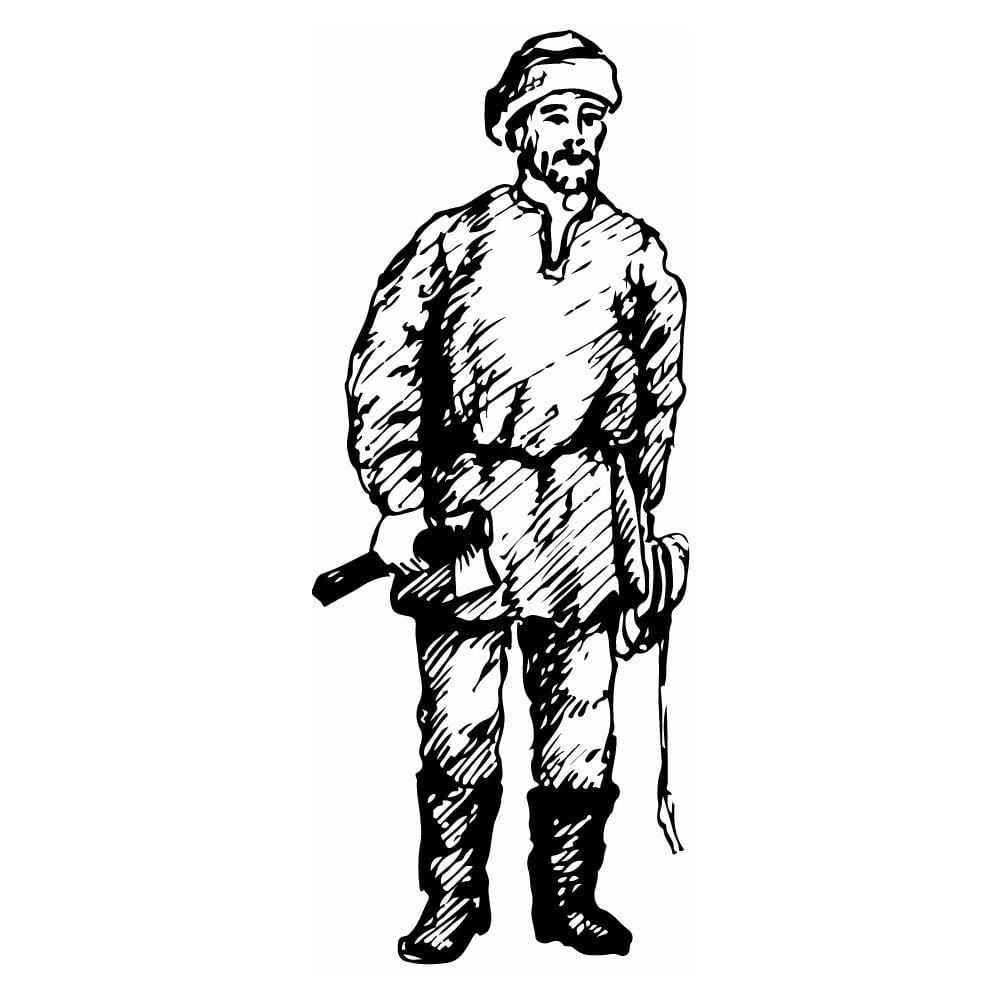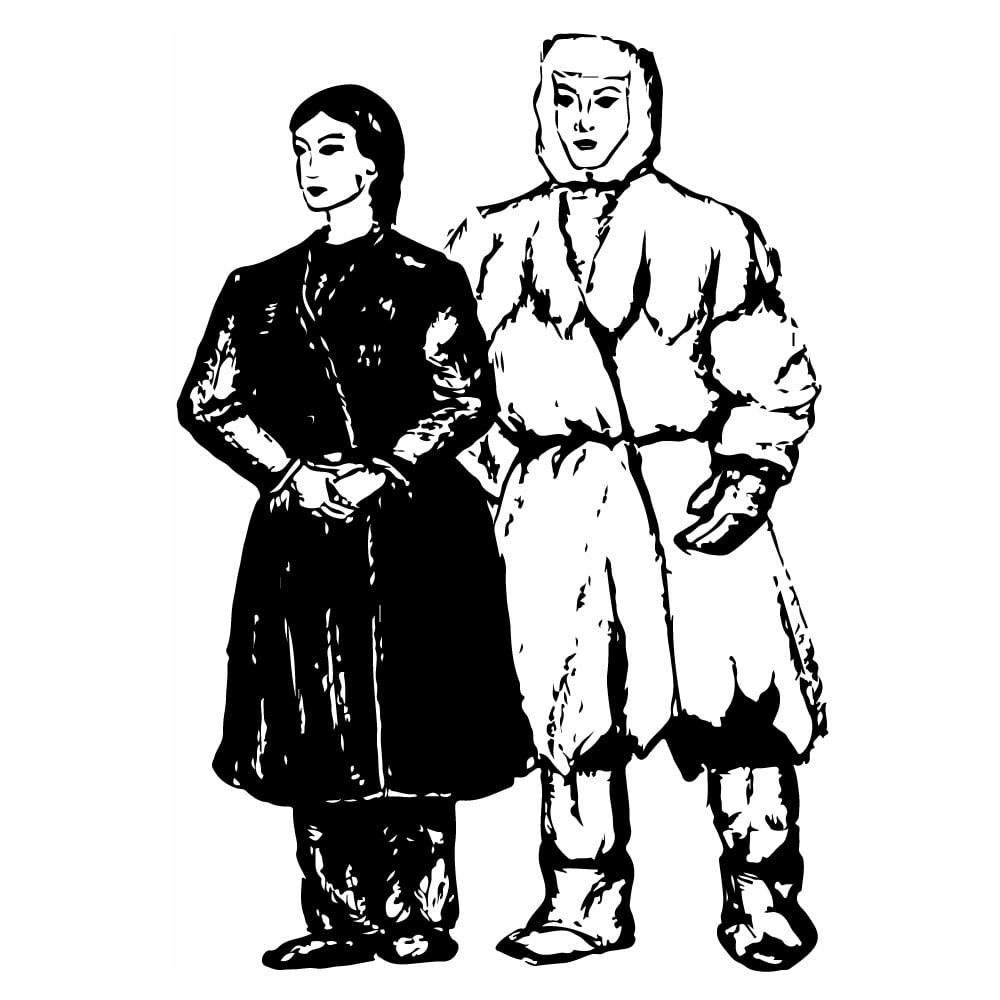Kabardins
| Population | 390,000 |
| Language group | Abkhaz-Adygei group of the Caucasian languages |
| Language | Kabardinian |
| Region | Northeastern part of the Kabardin-Balkar Autonomous Republic, Near East Countries |
| Capital | Nalchik |
| Religion | Islam |
*Population estimates for 1994
The formation of the Kabardin (or Adyg as they call themselves) took place in the twelfth to fourteenth centuries and is connected with their migration from the West to their present territories and development of feudal relations. Kabardinian ethnogenesis is common with other Adyg peoples. Early contacts of the Adyg and Kabardins with Russia resulted in their annexation to the Russian Empire in 1557.
The Kabardin presently live on the foothill plains. Their villages are large and densely crammed with trees and large fruit orchards nicely placed on the banks of rivers descending from the mountains. Some Kabardin villages are situated in the upper parts of the mountains along the rivers.
The Kabardinian language belongs to the Abkhaz-Adygei group of Iberic-Caucasian language group. Abundant vowels and intensive stress are the main distinctive features. The literary language was formed on the basis of the Baskan dialect. The national written language was established on Latin alphabet (1923-1924) and later in Russian script (1936).
Verbal folklore is widely spread among the Kabardins. It is represented by legends about the Nars (mighty people) and the struggle of gods with the nature elements. The epics are characterized by an admiration for the beauty, wisdom, and tiny delicate hands of the women. The main heroines are the beautiful and courageous Satanei, the gold-handed Adiyukh, and Dakhanago who was the incarnation of happiness. The Kabardian national music, like the folklore, is rich and has many genres. Modern songs are sung side by side with the ancient lyrics, and heroic songs are never forgotten. Kabardian dances are just as hot-tempered and full of life. The Udzh-dance is especially popular.
Though the Kabardian believers prefer the Islamic faith, and there were Christians up until the eighteenth century, they did follow pagan ideas as well.
This is Ad 1





























